Nudo al sole – Guido Bucci
Borgo Museo | Sculture 1976 – 2004
ITALIANO | English below
La vita
Guido Bucci nasce a Viareggio nel 1926; si diploma all'Istituto Superiore d'Arte e inizia ad insegnare discipline pittoriche nella “Libera Scuola di Pittura e Scultura”, scuola da lui fondata e che ha sempre diretto. Oltre alla disciplina di insegnante Bucci si ricorda ,sia per le numerose mostre personali esposte nella zona della Versilia ma, anche per l'importanza che aveva al livello sociale nell'Italia dell'epoca essendo stato un importante manifestatore nazionale e internazionale. Egli è un'artista con una carriera ricca di importanti riconoscimenti che iniziano nel 1951 quando, non appena ventiseienne, viene individuato e seguito nella sua attività da un pubblicista solerte e bravo, Marucci, che scrive per lui un articolo, nel maggior quotidiano toscano, intitolato “Giovani pittori nostri: Guido Bucci”. A pochi mesi di distanza Bucci si presenta con 26 opere ad una mostra personale alla Galleria “Fratini” di Viareggio, presentata da Elpidio Jenco. Guido si spenge il 21 Novembre 2017.
La poetica
Bucci artista nasce intorno alla seconda metà del Novecento come sculture, anche se tende a prediligere il colore, perché più ricco, fruibile ed immediato. Le sue pitture sono contraddistinte da un uso quasi monocromatico del colore: un giallo che diviene ocra, che s’incupisce nel bruciato, che si addolcisce nell'arancio, che sfuma in una luce dorata e, appena toccato qua e là, da un tenue azzurrino o da un incerto verde, impregna tutte le tele. Ed è proprio grazie all’uso dei suoi colori che Guido riesce a riprodurre un delicato messaggio di malinconia. Nelle sue produzioni non mancano piccole sculture per lo più di nudi femminili e pezzi in ceramica. L'attività di Bucci si snoda lungo questi decenni all'insegna di una chiara coerenza e continuità di stile e di intenti. Essenzialmente due sembrano essere i punti focali attorno a cui si sviluppa il suo lavoro: le marine e i nudi di donna, ai quali si affiancano le nature morte, subito riconoscibili come frutto della stessa mano. Le sue figure hanno la poetica della semplicità, dove certe accentuazioni e deformazioni finiscono per apparirci normali, come se la realtà fosse quella rappresentata dallo scultore e non viceversa.
L’opera a Castagno
L’opera presente a Castagno di Guido Bucci è Nudo al sole (la cui testa è purtroppo andata perduta), una delle sue tante sculture femminili. Questa piccola figura di donna, che si affaccia da una nicchia nel muro, è seduta nuda in una posa spontanea. Le braccia sono appoggiate mollemente alle gambe; un umano realismo emerge dalle forme non idealizzate. Eppure le donne di Bucci sono vere e proprie Veneri originatesi dalla spuma candida del mare e gettate crudelmente dalle onde sul mondo terreno; qui anche loro hanno acquistato dei difetti, delle imperfezioni, insomma sono diventate profondamente umane. Questi sono i soggetti prediletti dall'artista.
ENGLISH
Biography
Guido Bucci was born in Viareggio in 1926; he graduated from the Higher Institute of Art and began teaching painting disciplines in the "Free School of Painting and Sculpture", a school he founded and which he has always directed. In addition to the discipline of teacher Bucci is remembered, both for the numerous personal exhibitions exhibited in the Versilia area but also for the importance it had at the social level in Italy at the time, having been an important national and international demonstrator. He is an artist with a career full of important awards that began in 1951 when, as soon as he was twenty-six, he was identified and followed in his activity by a diligent and talented publicist, Marucci, who wrote an article for him, in the major Tuscan newspaper, entitled "Our young painters: Guido Bucci". A few months later, Bucci presents 26 works to a personal exhibition at the “Fratini” Gallery in Viareggio, presented by Elpidio Jenco. Guido dies on November 21, 2017.
Philosophy
Bucci artist was born around the second half of the twentieth century as sculptures, even if he tends to prefer color, because it is richer, usable and immediate. His paintings are characterised by an almost monochromatic use of color: a yellow which becomes ocher, which darkens in the burnt, which softens into orange, which fades into a golden light and, just touched here and there, by a faint blue or an uncertain green, impregnates all the canvases. And it is thanks to his use of colours that Guido is able to reproduce a delicate message of melancholy. In his productions there is no shortage of small sculptures mostly of female nudes and ceramic pieces. Bucci's activity has unfolded throughout these decades in the name of a clear coherence and continuity of style and intent. Essentially two seem to be the focal points around which his work develops: the seascapes and the nudes of women, flanked by still lifes, immediately recognisable as the fruit of the same hand. His figures have the poetics of simplicity, where certain accentuations and deformations end up appearing normal to us, as if reality were the one represented by the sculptor and not vice versa.
Artwork in Castagno
The work in Castagno by Guido Bucci is Nudo al sole (Nude in the sun, whose head has unfortunately been lost), one of his many female sculptures. This small figure of a woman, who looks out from a niche in the wall, is sitting naked in a spontaneous pose. Her arms are resting loosely on her legs; a human realism emerges from non-idealised forms. Yet the women of Bucci are real Venus originating from the white foam of the sea and cruelly thrown by the waves on the earthly world; here they too have acquired defects, imperfections, in short, they have become deeply human. These are the artist's favorite subjects.

